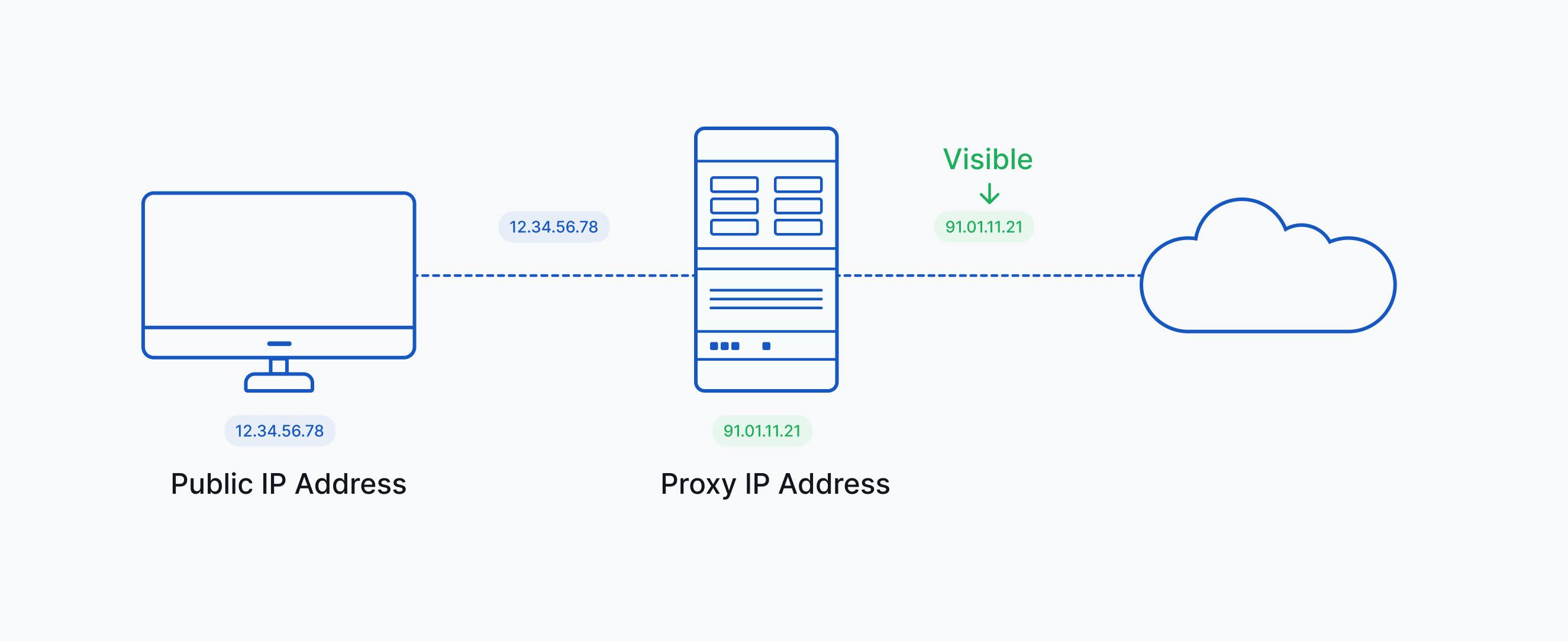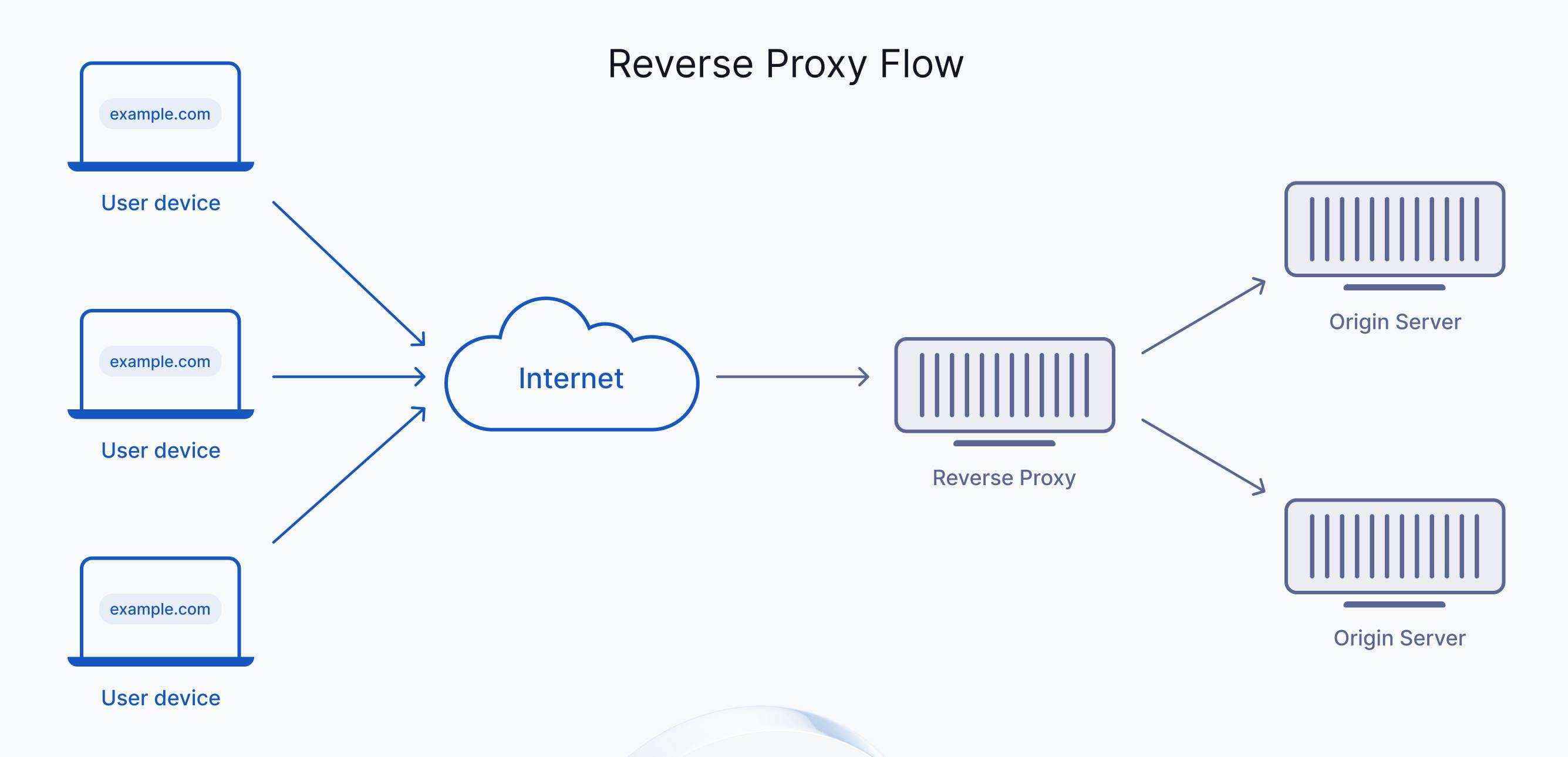What is a Proxy Server? How They Work
A proxy server acts as a middle man that forwards data requests and responses between a user and an origin server.
Introduction
Hi folks! Today, in this article we will explore what is a proxy server & a simple implementation of the proxy server using PHP. The uses of proxy servers.
What is a Proxy Server?
A proxy server acts as a middleman that forwards data requests and responses between a user and an origin server.
Proxy servers are commonly used for anonymous Web browsing, bypassing geo-restricted content, and regulating access to content.

Modern proxy servers do much more than forward web requests, all in the name of data security and network performance. Proxy servers act as a firewall and web filter, provide shared network connections, and cache data to speed up common requests.
How Does a Proxy Server Work?
Proxy servers work by forwarding web requests and responses between a user and a web server. At a glance, it may seem simple but it has more use cases.

Normally, a user accesses a website by sending a direct request to its web server from a web browser via their IP address. The web server then sends a response containing the website data directly back to the user.

A proxy server acts as an intermediary between the user and the web server. Proxy servers use a different IP address on behalf of the user, concealing the user's real address from web servers.
Proxy Server works as follows:
A user enters a website's URL into their browser.
The proxy server receives the user's request.
The proxy server forwards the request to the web server.
The web server sends a response (website data) back to the proxy server.
The proxy server forwards the response to the user.
Types of Proxy Servers
There are many types of proxy servers. Some of the major types of Proxy servers. They are.
Forward Proxy Server
Forward Proxy Server
Forward Proxy Server
A forward proxy, commonly known as a proxy, is a proxy server that typically passes requests from users in an internal network to the Internet.
If the proxy allows the user's request, it forwards it to the web server by modifying the data. The web server sends its response to the proxy server. The proxy server then sends this response back to the user or client.

Reverse Proxy Server
A reverse proxy is a type of proxy server that typically passes requests from the users to a single proxy server & It forwards the request to a single web server in a network. It acts as the ‘reverse' of the forward proxy.

Reverse proxies are configured to restrict and monitor users' access to web servers containing sensitive data. User requests are passed through the Internet via a firewall to the reverse proxy.
What are the Benefits of Using a Proxy Server?
Proxy servers offer several benefits to users. It is important to note that these benefits depend on the proxy's type and configuration.

Anonymous Browsing :
Anonymous proxies allow users to browse the web anonymously by concealing their IP addresses.
Security:
Some proxy server types (e.g., HTTPS proxies) can be configured to provide secure connections through encryption. Organizations can use transparent proxies to block certain websites that are flagged as malware. SMTP proxies can stop malicious emails, such as phishing attacks, from reaching employee inboxes. Reverse proxies are effective at helping organizations prevent Distributed Denial of Service (DDoS) attacks and man-in-the-middle (MITM) attacks by blocking suspicious and repeated requests.
Web filtering:
Organizations often use transparent proxies to restrict employees from accessing certain websites. Transparent proxies also log user activity, allowing organizations to monitor employees' Internet use at work.
Web acceleration:
Proxy servers can speed up data transfer and conserve bandwidth by caching popular websites. When a user requests data from a server via a proxy, the proxy will first check if a cached copy is available in its database. Cached data reduces the number of web requests from the proxy server, making data retrieval much faster for the user. Reverse proxy servers are often used for load balancing, which spreads user requests evenly across servers to improve speeds.
Changing Geo-Location:
Organizations can use rotating proxies for Internet-based marketing activities where data is dependent on geo-location. Such activities could include price aggregation, web scraping, market research, and SEO.
What are the Risks of Using a Proxy Server?
The proxy server comes with some security risks. some of them are
Lack of Encryption
Data Logging
Limited Privacy
Inconsistent Speeds
Conclusion
Hopefully, this will be useful to some of you :).
I'd love to hear your comments on improvements. Follow for more content like this & share it with your friends
